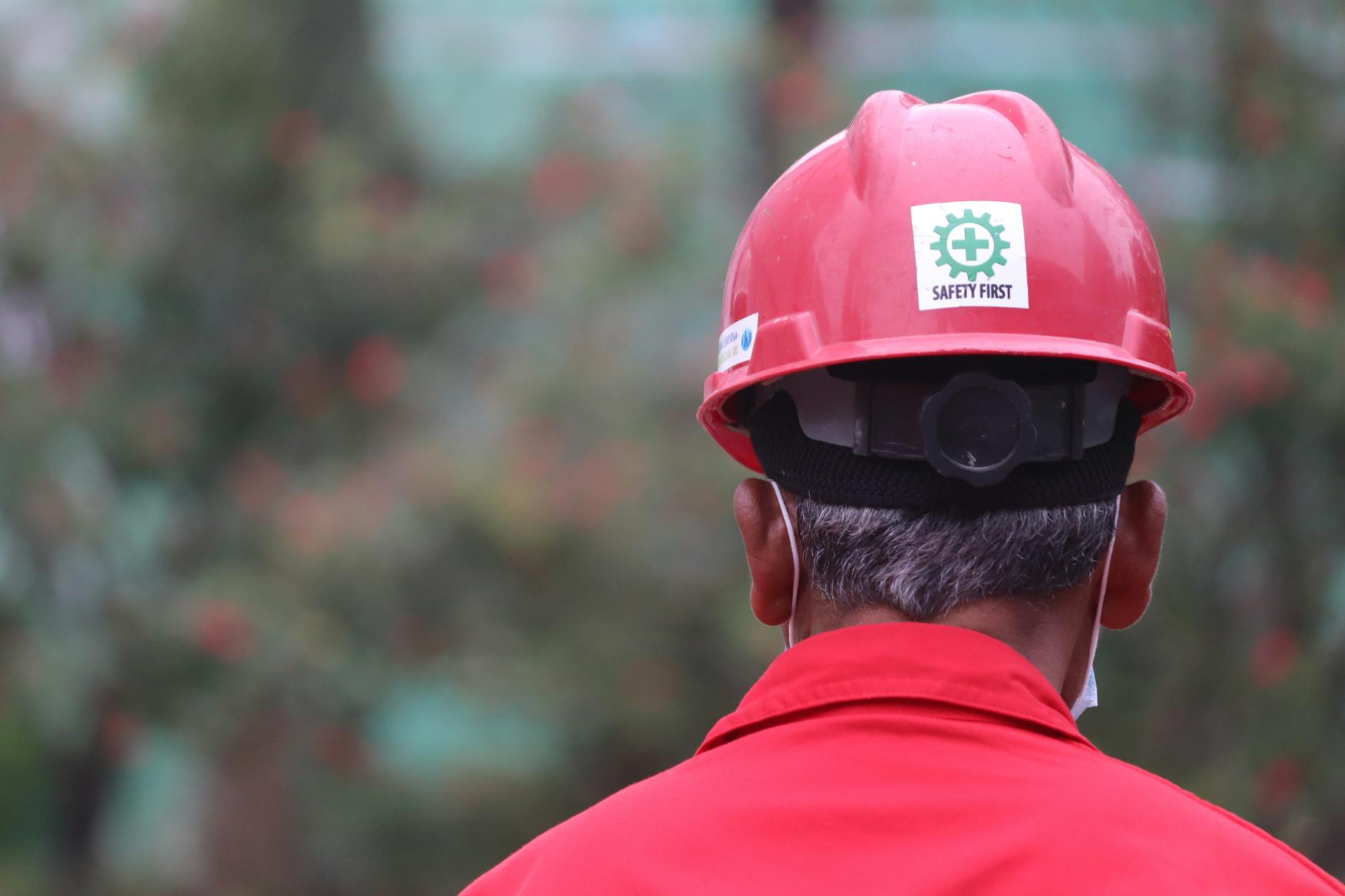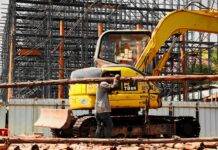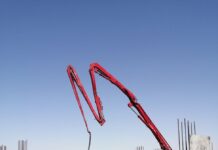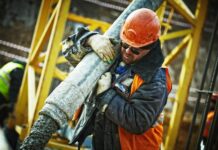
20 Safety Rules of Construction Site
Introduction
Construction sites are one of the most hazardous workplaces. Following strict safety rules is essential to prevent accidents and ensure a secure environment for workers. In this article, we will discuss 20 essential safety rules that every construction worker should follow.
Why Safety is Important on Construction Sites
Accidents on construction sites can lead to severe injuries, fatalities, and financial losses. By following safety rules, workers can protect themselves, their colleagues, and ensure smooth project execution.
General Safety Rules
1. Wear Proper PPE
Personal Protective Equipment (PPE) is mandatory. Always wear helmets, gloves, safety boots, and any additional gear required for your specific tasks.
2. Follow Safety Signage
Pay close attention to warning signs and safety notices posted around the site to avoid hazards.
3. Maintain Clean Work Areas
A cluttered workspace increases the risk of tripping and falling. Keep your area clean and organized.
Personal Protective Equipment (PPE) Rules
4. Always Wear a Helmet
Protect your head from falling objects and debris by always wearing a hard hat.
5. Use Safety Glasses
Eye protection is necessary to prevent injuries from dust, chemicals, and flying debris.
6. Wear Reflective Vests
High-visibility vests ensure that workers are seen, especially in low-light conditions.
Fall Protection Measures
7. Use Harnesses and Guardrails
When working at heights, always use safety harnesses and ensure guardrails are in place.
8. Secure Ladders Properly
Ladders should be stable, placed on even surfaces, and secured to prevent slipping.
Equipment and Machinery Safety
9. Operate Only If Trained
Do not operate heavy machinery unless you have proper training and certification.
10. Inspect Equipment Before Use
Always check tools and machinery before use to ensure they are in good condition.
11. Follow Lockout/Tagout Procedures
Machinery must be locked and tagged out before maintenance to prevent accidental operation.
Electrical Safety Rules
12. Avoid Overloading Circuits
Overloading electrical circuits can cause fires and equipment failures.
13. Keep Electrical Tools Dry
Never use electrical tools in wet conditions to avoid electrocution.
14. Report Exposed Wires
Immediately report and fix any damaged or exposed electrical wires.
Fire Safety Measures
15. Keep Fire Extinguishers Nearby
Ensure fire extinguishers are accessible and workers are trained to use them.
16. Store Flammable Materials Properly
Keep fuels and chemicals in designated storage areas away from heat sources.
Material Handling and Storage Safety
17. Lift with Proper Technique
Always lift heavy objects using your legs, not your back, to prevent injuries.
18. Stack Materials Securely
Improperly stacked materials can collapse and cause serious injuries.
Emergency Preparedness and First Aid
19. Know Emergency Exits
All workers should be aware of emergency exit routes in case of an accident.
20. Report Incidents Immediately
Any accident, no matter how minor, should be reported to supervisors.
Conclusion
Construction sites can be dangerous, but following these 20 safety rules can significantly reduce risks. Prioritizing safety ensures a secure and productive work environment.
Material Handling Hazards and Control Measures
Painting Hazards and Control Measures
Concrete Pouring Hazards and Control Measures
Formwork Hazards and Control Measures
Common Hazards in Construction Sites and How to Mitigate Them
FAQs
1. What is the most important safety rule on a construction site?
Wearing proper PPE and being aware of your surroundings are among the most crucial safety rules.
2. Why is fall protection important?
Falls are the leading cause of construction site fatalities, making fall protection essential for safety.
3. Who is responsible for construction site safety?
Both employers and employees share the responsibility of maintaining a safe worksite.
4. How can workers stay safe around heavy machinery?
Only trained personnel should operate machinery, and all equipment should be regularly inspected.
5. What should I do if I notice a safety hazard?
Immediately report any hazards to your supervisor to prevent potential accidents

























Hello sir, please make long video on LOPA and SLI, how to create JSA and audit report and observation report
THANK YOU
BEST WISHES
AHMAD SHARIF